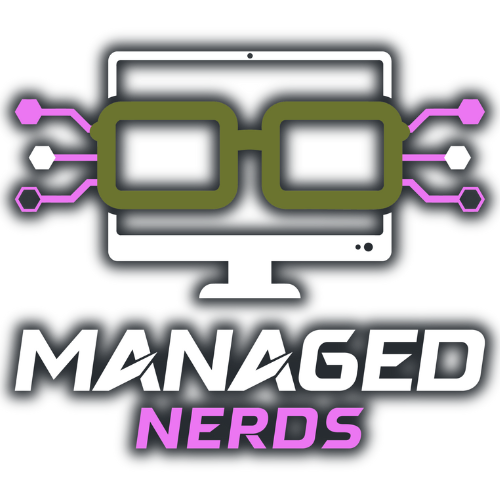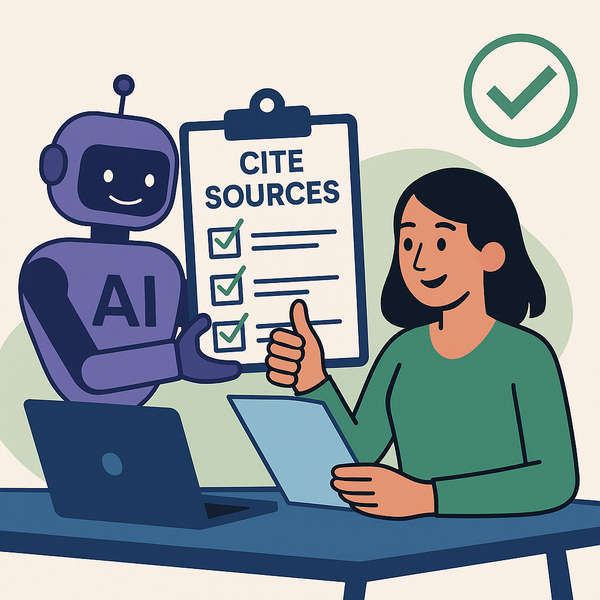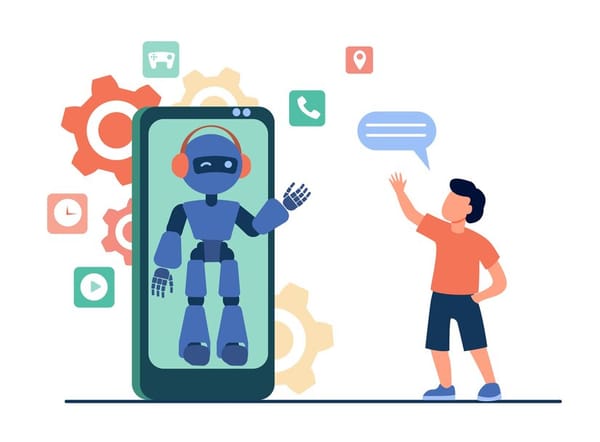How New Businesses Can Leverage ChatGPT to Accelerate Client Acquisition and Marketing Success
AI tools like ChatGPT are transforming startups by cutting content creation time by 50% and reducing customer acquisition costs by 30%. This guide covers key strategies and prompts to streamline marketing, improve targeting, and attract clients efficiently.

When I initially launched my business, I spent countless late nights scrambling to create marketing content, analyze customer data, and respond to inquiries—all while trying to keep operations afloat. Today, AI tools like ChatGPT have fundamentally changed the business startup landscape. According to recent data, 45.15% of marketers now use AI tools like ChatGPT in their processes, and for good reason: these tools can reduce content creation time by 50% while improving campaign performance metrics. In this guide, I’ll walk you through actionable strategies, real-world examples, and proven ChatGPT prompts to help your new business cut through the noise and attract clients efficiently.
Why ChatGPT Matters for New Businesses
The first two years of a new business are make-or-break. With limited budgets and manpower, startups need to maximize every resource. ChatGPT acts as a 24/7 marketing assistant capable of handling tasks that traditionally required specialized teams:
- Cost Efficiency: No need to hire copywriters, data analysts, or customer support staff upfront.
- Speed: Generate blog posts, social media content, and email campaigns in minutes.
- Precision: Use AI-driven insights to refine your targeting and messaging.
A 2024 survey found that startups using AI tools like ChatGPT reduced customer acquisition costs by 30% compared to those relying solely on traditional methods. Let’s dive into the tactical applications.
1. Market Research: Identifying Your Audience and Opportunities
Before spending a dollar on ads, you need to understand your market. ChatGPT can analyze trends, competitors, and customer pain points in ways that would take weeks manually.
Sample Prompt:
“Analyze the latest trends in [industry] for [target audience]. Identify three underserved niches and recommend strategies to capitalize on them.”
Example: A startup fitness boutique might input:
“Analyze the latest trends in exercise and fitness instruction for millennials. Identify three underserved niches and recommend strategies to capitalize on them.”
ChatGPT could reveal opportunities like Wearable Technology and Data-Driven Training—areas competitors might overlook. This approach helps businesses uncover new opportunities for growth by aligning your new business offerings with unmet needs.
2. Crafting Detailed Customer Personas
Your marketing will fall flat without understanding who you’re targeting. ChatGPT helps build nuanced customer avatars using demographic, psychographic, and behavioral data.
Sample Prompt:
“Create a customer persona for [product/service]. Include age, income, hobbies, pain points, and preferred communication channels.”
Example: A meal-kit delivery startup might learn their ideal customer is a 30–45-year-old working parent who values time-saving solutions but struggles with meal planning. Tailoring content to this persona (e.g., “10-Minute Dinners for Busy Families”) increases engagement. As noted by AIMultiple research, “understanding pain points is crucial for tailoring marketing strategies.”
3. Content Creation: From Blogs to Social Media
Content marketing drives 3x more leads than paid ads but producing quality content consistently is challenging for new businesses. ChatGPT streamlines this process.
A. Blog Posts and SEO Optimization
Use ChatGPT to generate ideas, outlines, and even full drafts optimized for search engines.
Sample Prompt:
“Write a 1,500-word blog post titled ‘[Topic]’ targeting [audience]. Include SEO keywords like [X, Y, Z] and cite recent statistics.”
Example: A technology startup targeting new businesses might ask:
“Write 1,500-word blog post titled ‘How New Businesses Can Save 20% on Software costs’. Include SEO keywords like Microsoft 365, CRM, and PDR editing and cite recent statistics.”
ChatGPT can also generate meta descriptions, headers, and internal linking strategies. If you're not using it to optimize your blogs for SEO, you're missing out.
B. Social Media Content
Consistent posting is key, but brainstorming fresh ideas is time-consuming. ChatGPT can help agitate those brain juices enough to get you moving again.
Sample Prompt:
“Generate a 30-day social media calendar for [platform] focused on [theme]. Include post captions, hashtags, and emoji suggestions.”
Example: A photography startup might request:
“Generate a 30-day social media calendar for Instagram focused on business headshots. Include post captions, hashtags, and emoji suggestions.”
ChatGPT can adapt tone for different platforms—casual for TikTok, professional for LinkedIn. If the tone you want doesn't come through the first go-round, no problem, just ask it to reword what it just generated in the tone you do want.
C. Email Marketing Campaigns
Email generates $42 for every $1 spent, making it a new business' best friend. ChatGPT can help you craft email sequences that convert.
Sample Prompt:
“Write a 5-email nurture sequence for [product or service launch]. Include subject lines, body copy, and CTAs.”
Example: A marketing agency who has just introduced a new social media management service could use:
“Write a 5-email nurture sequence for our new social media management service. Current clients who choose to add it on to their subscription will receive a 10% discount. Include subject lines, body copy, and CTAs.”
You can even use it for A/B testing where you try two different variants to see which email converts better. Just ask ChatGPT to generate two subject line variants: one urgent, and one that's curiosity driven.
4. Product Descriptions That Sell
Compelling product copy highlights benefits, not just features. Consumers don't just buy products because they have the most features, they're buying them because they can see themselves using that product or the product fulfills a currently unmet need.
Sample Prompt:
“Write a product description for [product] targeting [audience]. Focus on [key benefits] and include keywords: [X, Y, Z].”
Example: A handmade candle business might input:
“Write a product description for our lavender-scented soy candle for stress relief targeting individuals who are environmentally conscious. Use keywords: non-toxic, long-lasting, vegan.”
Don't forget, you should ask ChatGPT to adjust tone for platforms— for example, maybe you want playful for Instagram, and more detailed for Amazon listings.
5. Automating Customer Support with Chatbots
24/7 support builds trust, but hiring a full-time team is costly and not something a new business can afford. ChatGPT-powered chatbots handle FAQs, qualify leads, and even troubleshoot issues.
Sample Prompt:
“Draft chatbot responses for common questions about [product/service]. Include troubleshooting steps for [issue].”
Example: A web hosting startup might program its chatbot to say:
“Having trouble logging in? Try resetting your password here [link]. Need more help? Our team responds within 2 hours.”
According to Invesp, Chatbots can save up to 30% in customer support costs and can help businesses save on customer service costs by speeding up response times and answering up to 80% of routine questions. Many chatbots can be given both answers to common questions and an AI script they can use for handling complex questions. Some even allow a human to easily to take over the interaction.
6. Data Analysis: Turning Numbers into Strategy
New businesses can easily drown in data but lack time to interpret it. They can use ChatGPT to analyze metrics from Google Analytics, CRM systems, or customer surveys to uncover insights.
Sample Prompt:
“Analyze this sales data [paste data]. Identify top-performing products and suggest ways to improve underperformers.”
Example: A new plumbing business might discover that offering a general whole-house plumbing inspection any time a plumber is called out to fix a specific problem increases revenue by 15%—a tactic ChatGPT could recommend.
7. Creating High-Converting Surveys
Feedback shapes your offerings, but poorly designed surveys yield nothing useful. You can use ChatGPT to craft questions that extract actionable insights.
Sample Prompt:
“Generate a 10-question survey to assess customer satisfaction with [product]. Include Likert scale and open-ended questions.”
Example: A new meal-delivery service could ask:
“On a scale of 1–5, how easy was it to customize your meal plan? What additional dietary options would you like?”
8. Upsell and Cross-Sell Strategies
Maximizing customer lifetime value is critical. You can use ChatGPT to identify opportunities based on purchase history.
Sample Prompt:
“Suggest upsell offers for customers who bought [product or service]. Include discount incentives and persuasive messaging.”
Example: A new CPA firm using this prompt might offer business clients who used them for tax preparation services:
“Upgrade to our monthly bookkeeping plan for year-round financial monitoring—save 20% on your next year's tax preparation!”
Putting It All Together: A 30-Day Action Plan
Week 1: Conduct market research and build customer personas.
Week 2: Launch a blog and social media calendar.
Week 3: Set up email sequences and product descriptions.
Week 4: Implement a website chatbot and analyze initial data.
If the above plan feels too aggressive for your new business, don't worry, just ask ChatGPT to create a new extended schedule over a 3-month period with small milestones you can accomplish each week.
Final Thoughts
The small businesses that thrive aren’t just those with great services and products—they’re the ones that communicate their value clearly and consistently. ChatGPT isn’t a replacement for human creativity, but it’s the force multiplier every new business needs. As you experiment with these prompts, remember: the key is specificity. The more detail you provide ChatGPT, the better it can mimic your brand’s voice and deliver results.
Now, go make your mark—your first 100 clients are waiting.




